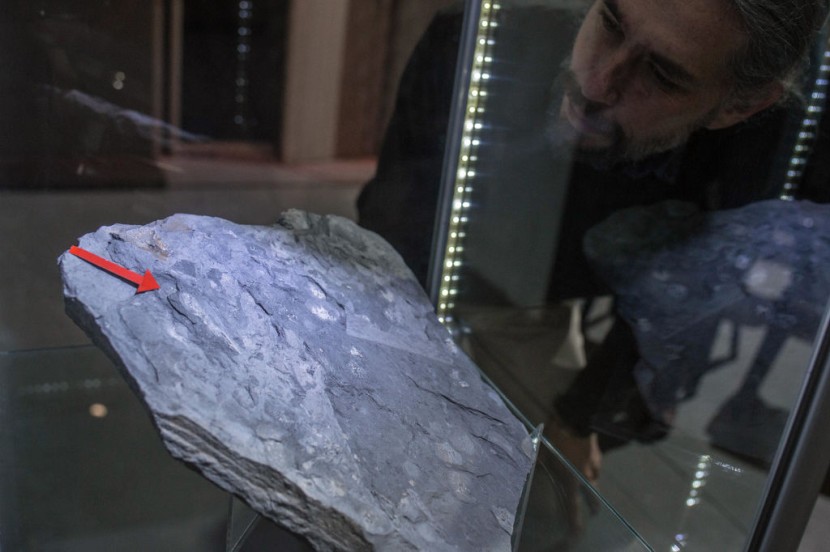
Ancient earth was marked by early mass extinctions that had increased sea levels when they happened in the Devonian period. About 350 million years ago, when oxygen was lessening, and more hydrogen sulfide levels in early seas killed off many creatures. These occurrences are now rising, and these conditions are ringing alarm bells.
Mass Extinctions Common in Early Periods
Scientists studied black shale samples taken from the Bakken Formation, a 200,000-square-mile region from the Late Devonian that covered part of North Dakota and Canada with oil and gas deposits, as reported by Live Science.
Researchers claim that depleting oxygen and hydrogen sulfide increases are major factors for the extinction event in the Devonian or the Age of Fishes about 419.2 and 358.9 million years ago. Algae decomposition on the sea floor causes hydrogen sulfide to occur, which absorbs oxygen in the process. One of the study's co-authors, Alan Jay Kaufman, a geologist, states other mass deaths due to this chemical decomposition, a kill mechanism in a critical era of ancient earth, noted the University of Maryland.
Rising Sea Levels in the Devonian Period
The sea life that included jawless fish (placoderms) living in oceans around super landmasses Gondwana and Euramerica were plentiful in this era. In it were trilobites and ammonites in reefs that border continents. The land was no exception to life as early ferns and trees developed above water. In the middle of the Devonian saw the tetrapod Tiktaalik roseae going on land for the first time.
Read Also: Fossil of 100-Million-Year-Old Fish Challenges Theory of the Evolution of Teeth in Animals
Unlike other eras in early earth's history, which has the Devonian killed off flora and fauna in five instances of mass extinction, cites Discover Magazine. One of these dying-out phases saw the evolution of animals and plants seen today. Replacing Devonian aquatic animals were cartilaginous fish-like sharks and rays prospered.
Researchers examined more than 100 cores taken from the Bakken Formation, which has chemical clues to what happened during the end of the Devonian. They saw proof of anoxic events proving water has zero oxygen, says a March 8 article in Nature.
Sea Levels Indicate Massive Oxygen Deprivation
Kaufman added that oxygen depletion is seen in deeper seas as the South Polar ice sheets melted in the earlier Silurian era, 443.8 million to 419 million years ago. At the same time, plants were changing rocky terrain to the soil that might have released more nutrients into rising seas. More of the nutrients cause algae to bloom, which greatly reduces oxygen.
Toxicity in the seas is caused by rotting algae releasing more hydrogen sulfide, taking away precious oxygen. Lack of oxygen at the end of the Devonian caused the massive extinction of up to 75% of all marine species dead.
According to the study authors, this mass death is a footnote raising its ugly head. More places in modern seas are losing oxygen, like the Mexican Gulf or the Baltic Sea, caused by the man-made increase of algae blooms. Heating global seas and rising water levels are contributing factors limiting oxygen from circulating efficiently.
Studies of early mass extinctions correlated with increased sea levels indicate another upcoming event like the end of Devonian.
Related Article: Ancient Armored Fish Smaller than Bus Reveals New Study
© 2025 HNGN, All rights reserved. Do not reproduce without permission.








